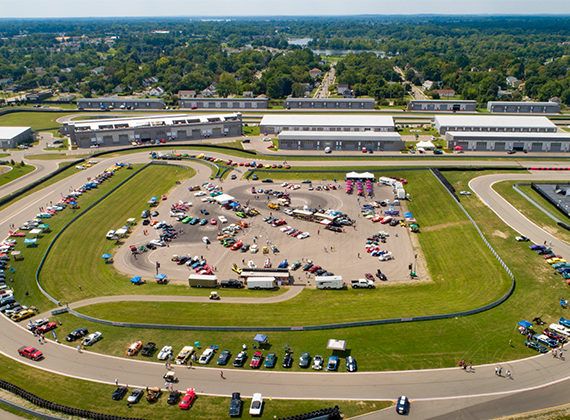PEA Group Celebrates Fort Street Bridge Park Grand Opening
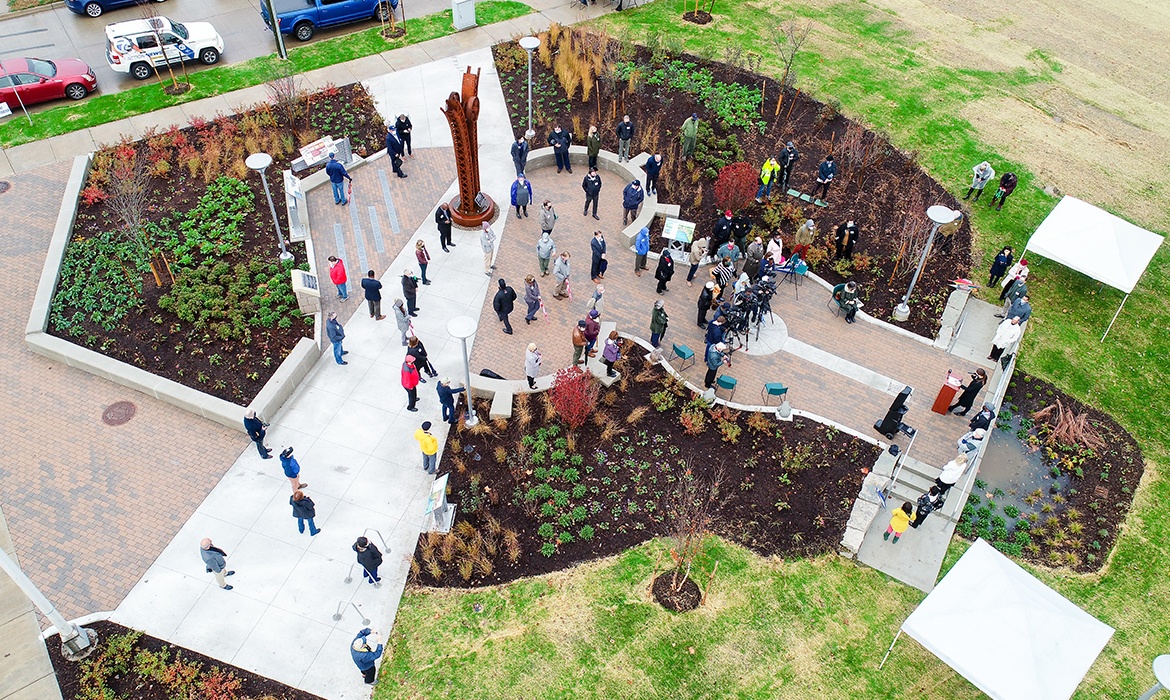
© Photo by Keith Childress-Great Lakes Aggregates
On October 22, PEA Group, along with Fort Rouge Gateway Coalition (FRoG), Friends of the Rouge (FOTR), MotorCities National Heritage Area (MNHA), Michigan Department of Transportation (MDOT), Friends of the Detroit River, the University of Michigan-Dearborn, City of Detroit, City of Dearborn, Marathon Petroleum Co. LP (MPC), and United Auto Workers Local 600, celebrated the official grand opening of the Fort Street Bridge Interpretive Park in Detroit. This event was especially significant to PEA Group as our team has been involved with this project since 2014.
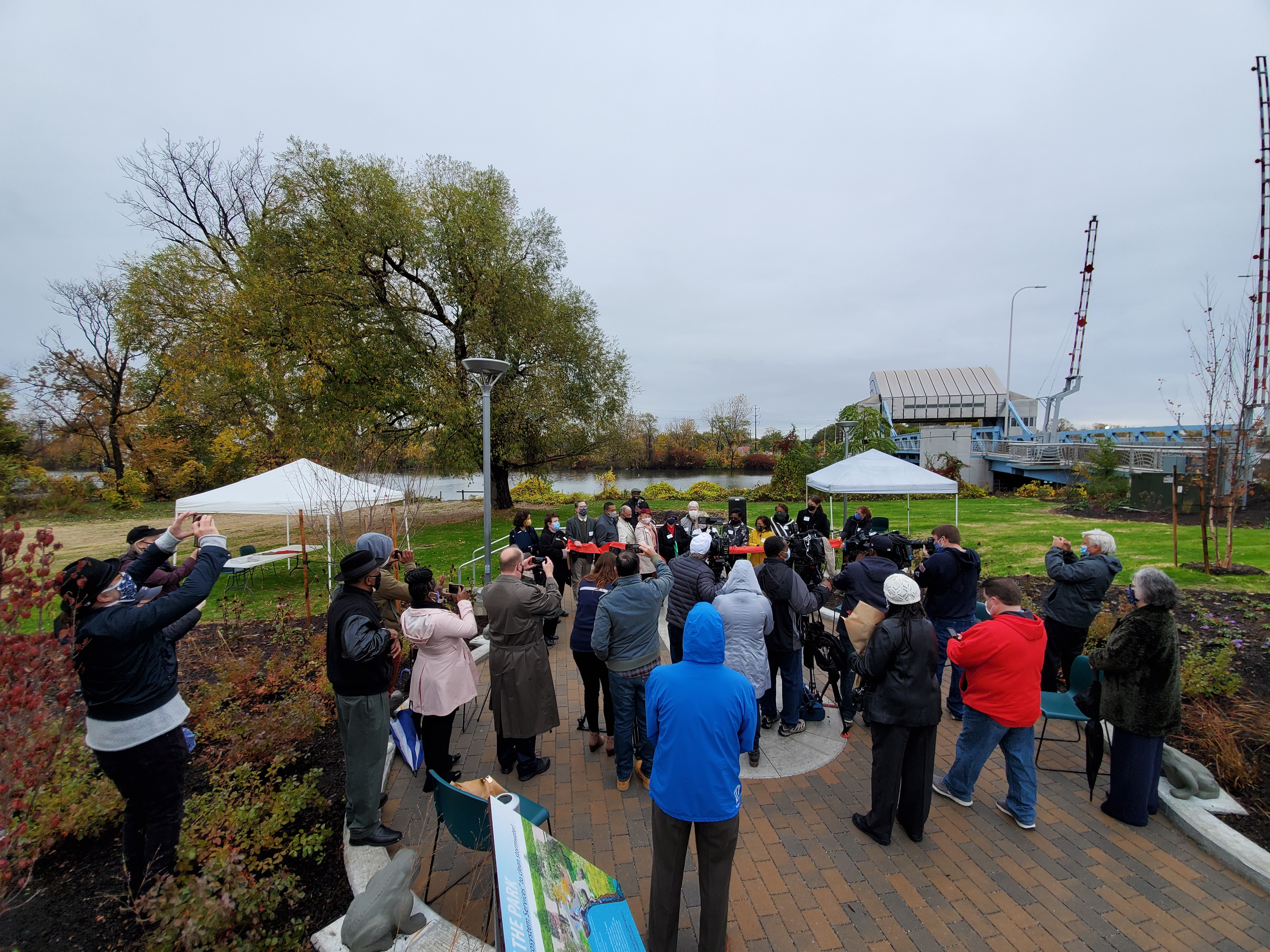
FRoG, MPC, and MNHA engaged PEA Group to provide fundraising assistance, site inventory and analysis, community engagement, conceptual planning, cost estimating, site plan approval, construction documentation, and construction administration and oversight for the first phase of the park’s development. Amenities for the park include a gathering plaza with seating and porous pavement, an interactive stormwater management demonstration with fountains and rain garden, native plantings, habitat enhancements, interpretive signage, and a future kayak launch and rest area for the Lower Rouge Water Trail. Interpretive signage narrates the history of the former bridge, as well as demonstrates the environmental and industrial history of the region, including the importance of the waterways. Sculptural and interpretive focal points within the plaza were constructed with salvaged materials from the former bridge.
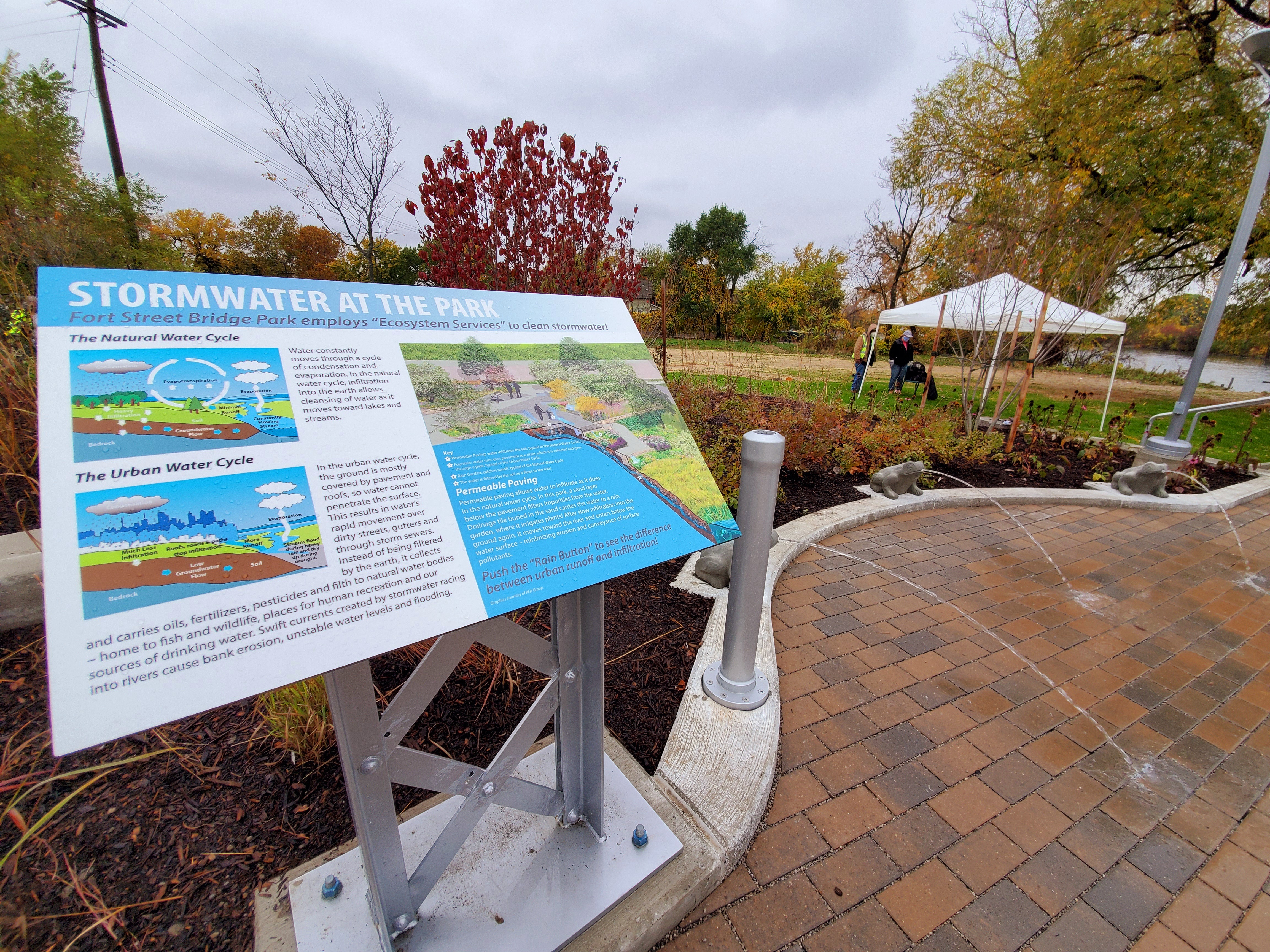
The new bridge at Fort Street, constructed in December 2015, safely accommodates bicyclists and pedestrians and serves as a passage for numerous trail and greenway systems which run adjacent to the park. Due to the ecologically significant location, coupled with the historical significance of the 1932 Hunger March over the bridge and through the area, the MDOT-owned, half-acre parcel offered a unique opportunity to achieve momentous regional impact through the development of a park.
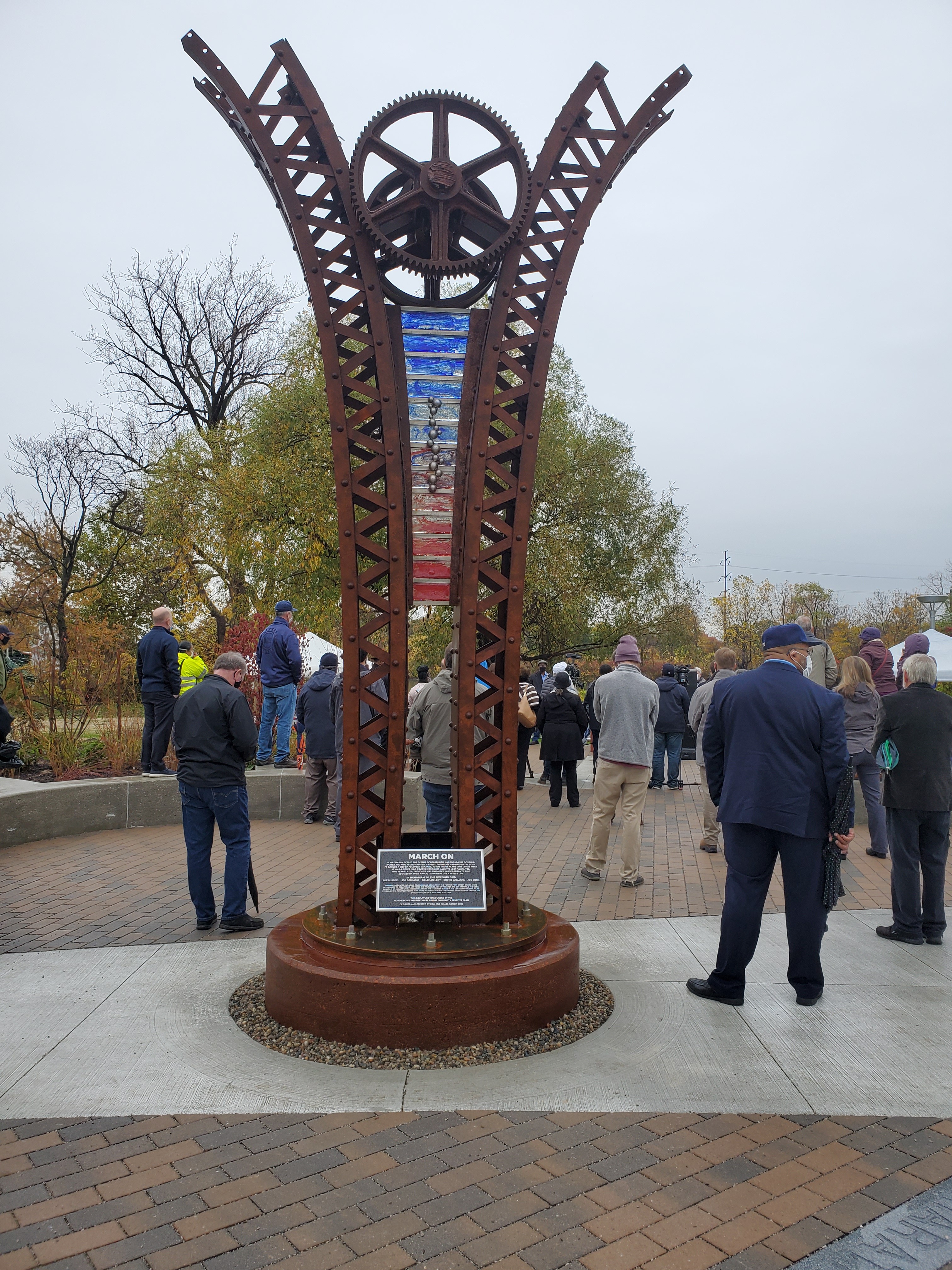
The park itself is a celebration of the transformation of the Rouge River corridor to support wildlife habitat and provide recreational opportunities. The park serves as a prominent connection of several regional trails and greenways, including the Iron Belle Trail, the Downriver Linked Greenways, Rouge Gateway Greenway, Rouge River Water Trail, and the Detroit Greenways. Wildlife, such as beavers and bald eagles, has returned, as what once was considered Detroit’s most neglected and polluted zip code heals. Additionally, the park provides those who were previously economically challenged with an opportunity to now connect with the environment. Thanks to the combined efforts of all those involved, the Fort Street Bridge Interpretive Park will have a lasting, valuable environmental, community, and economic impact for years to come.
The park is located at the foot of the Fort Street Bridge (10520 W Fort St, Detroit, MI 48209) in southwest Detroit.
For More Information

